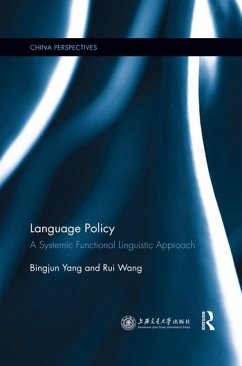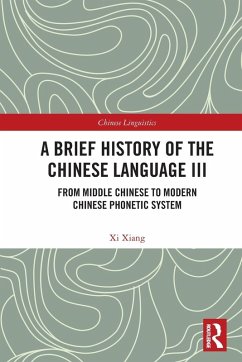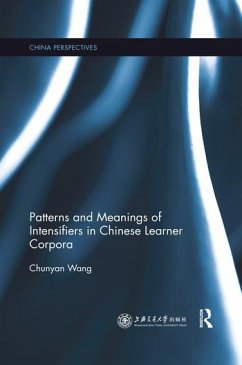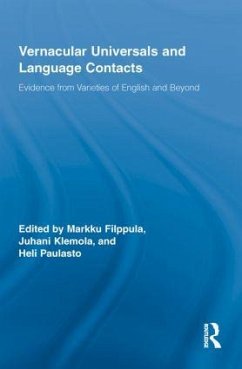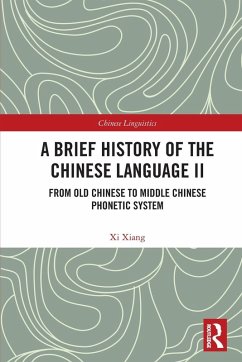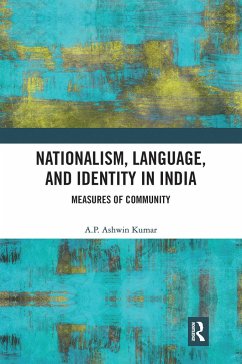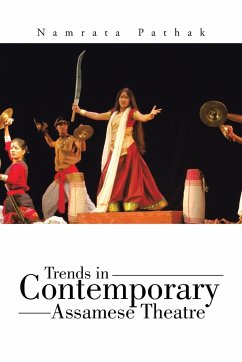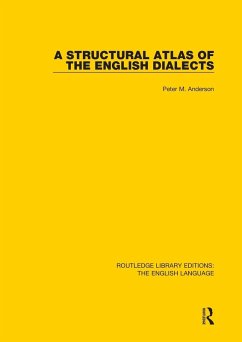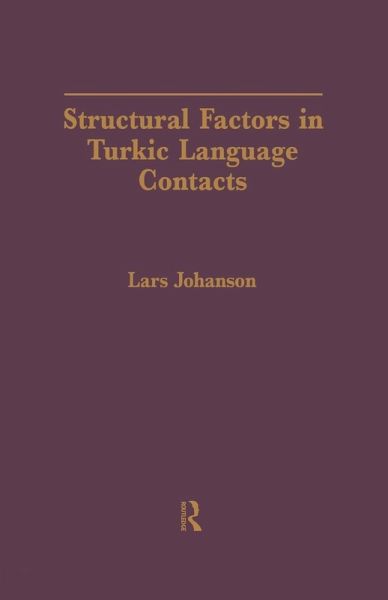
Structural Factors in Turkic Language Contacts
Versandkostenfrei!
Versandfertig in 1-2 Wochen
58,99 €
inkl. MwSt.
Weitere Ausgaben:

PAYBACK Punkte
29 °P sammeln!
Turkic languages present particularly rich sources of data for the study of language contact, given the number and diversity of languages with which they have been in contact. Many common, false generalisations are laid bare and the methodology used in evaluating particular instances of language contact can also be used with profit by students of languages other than the Turkic.





